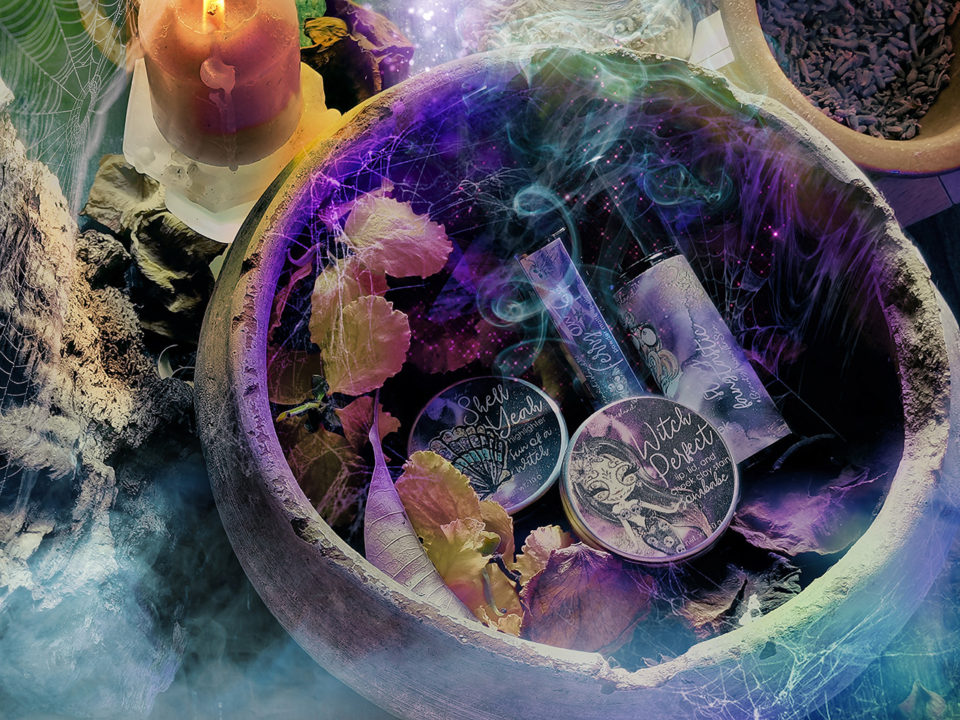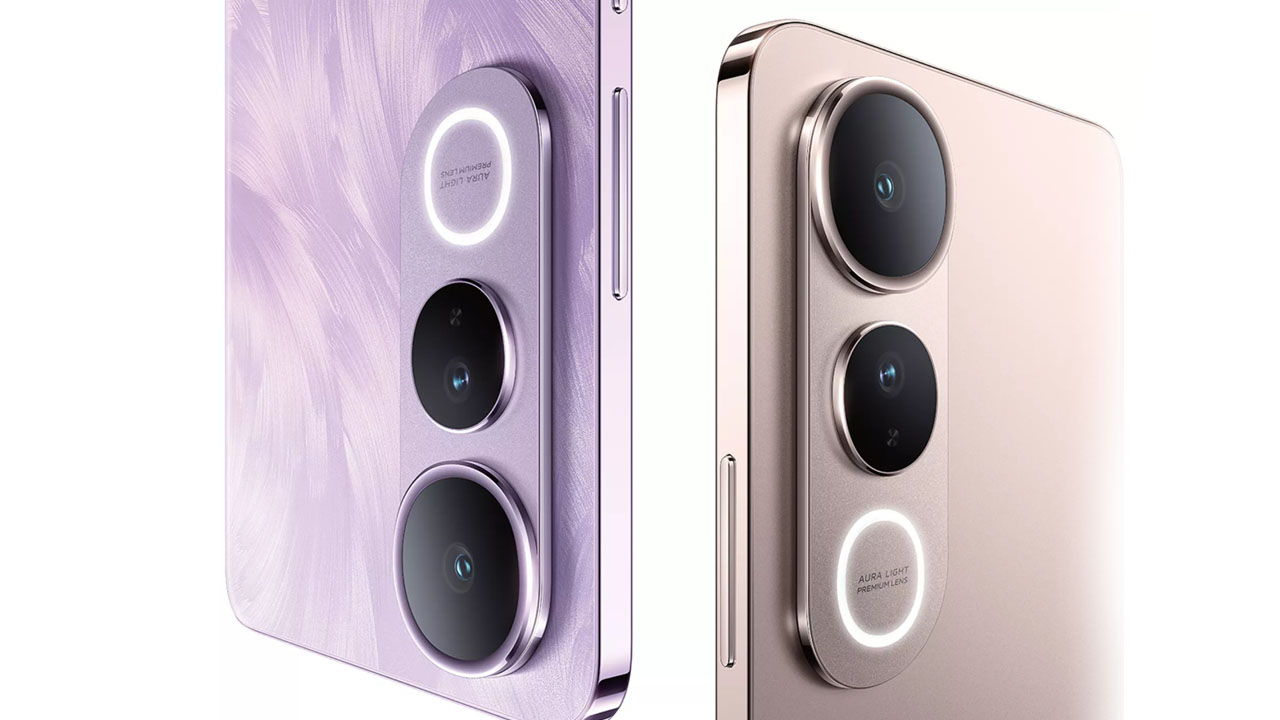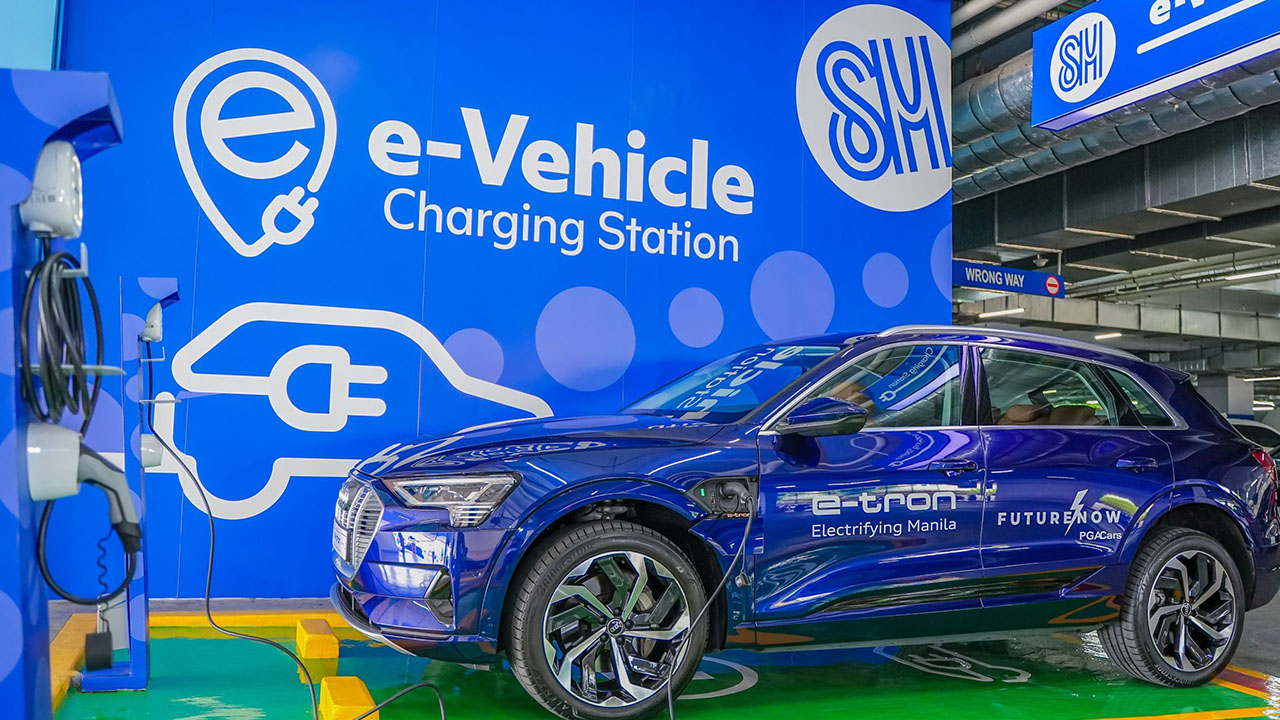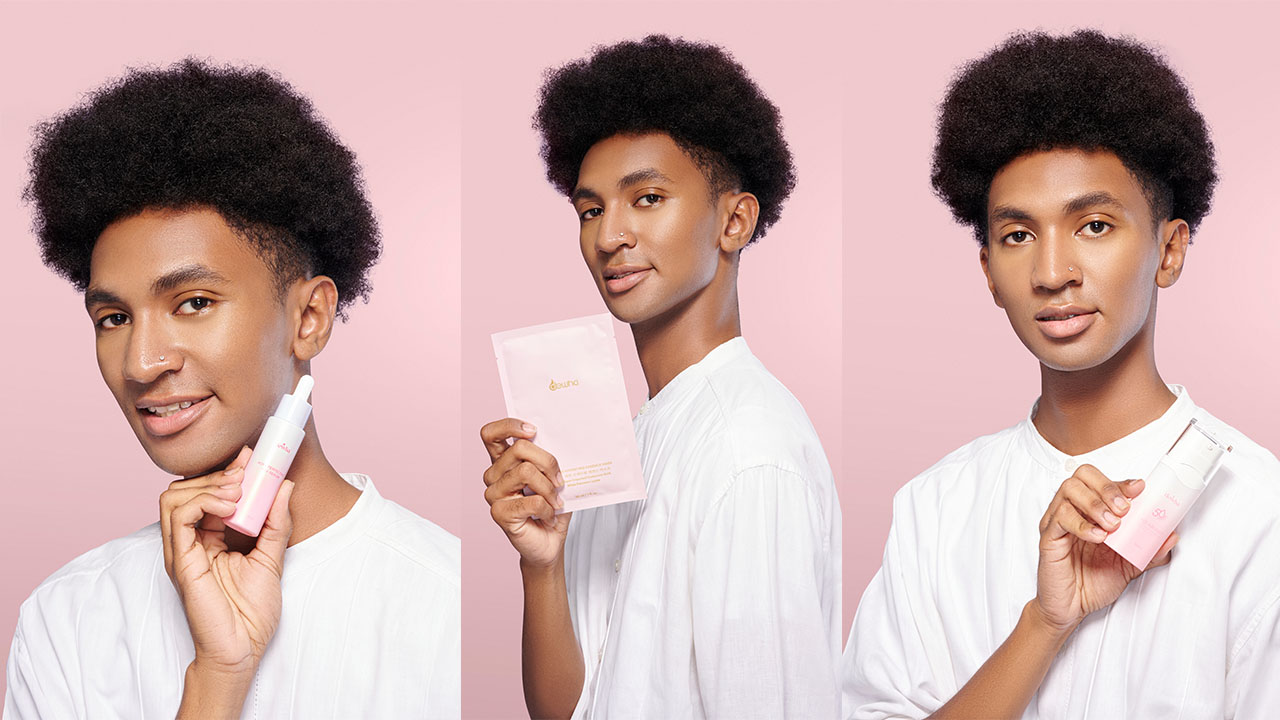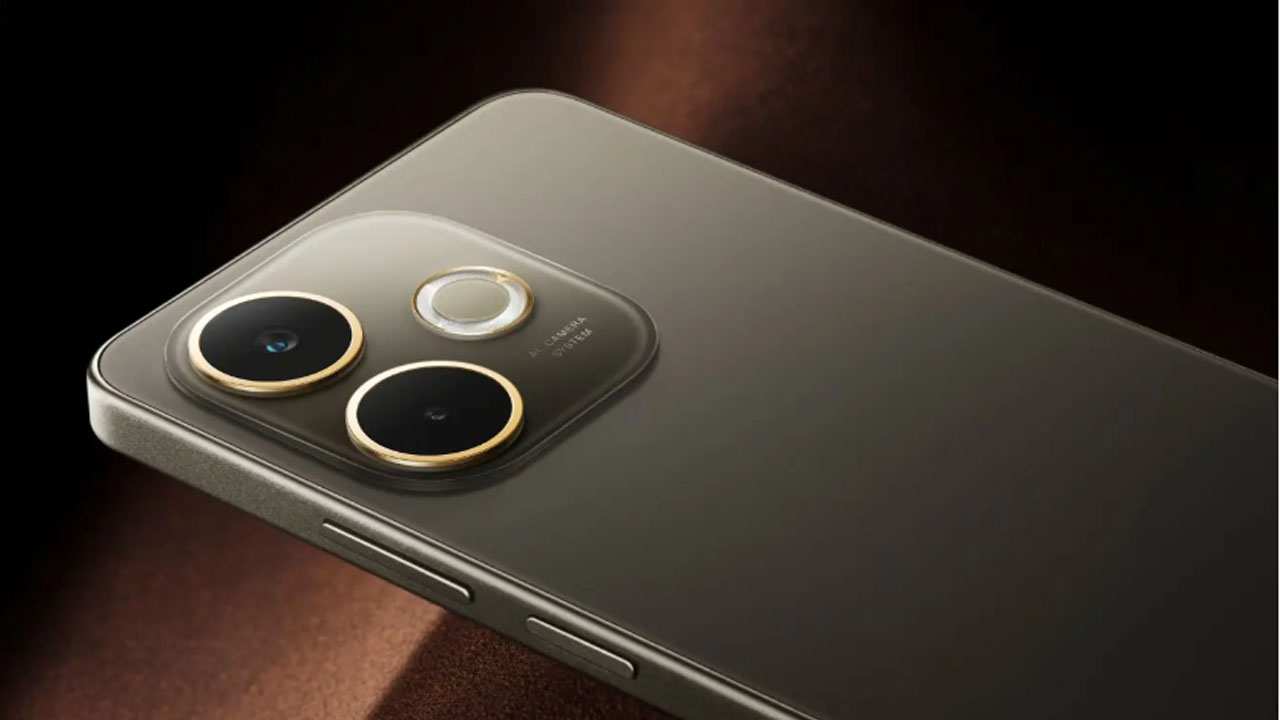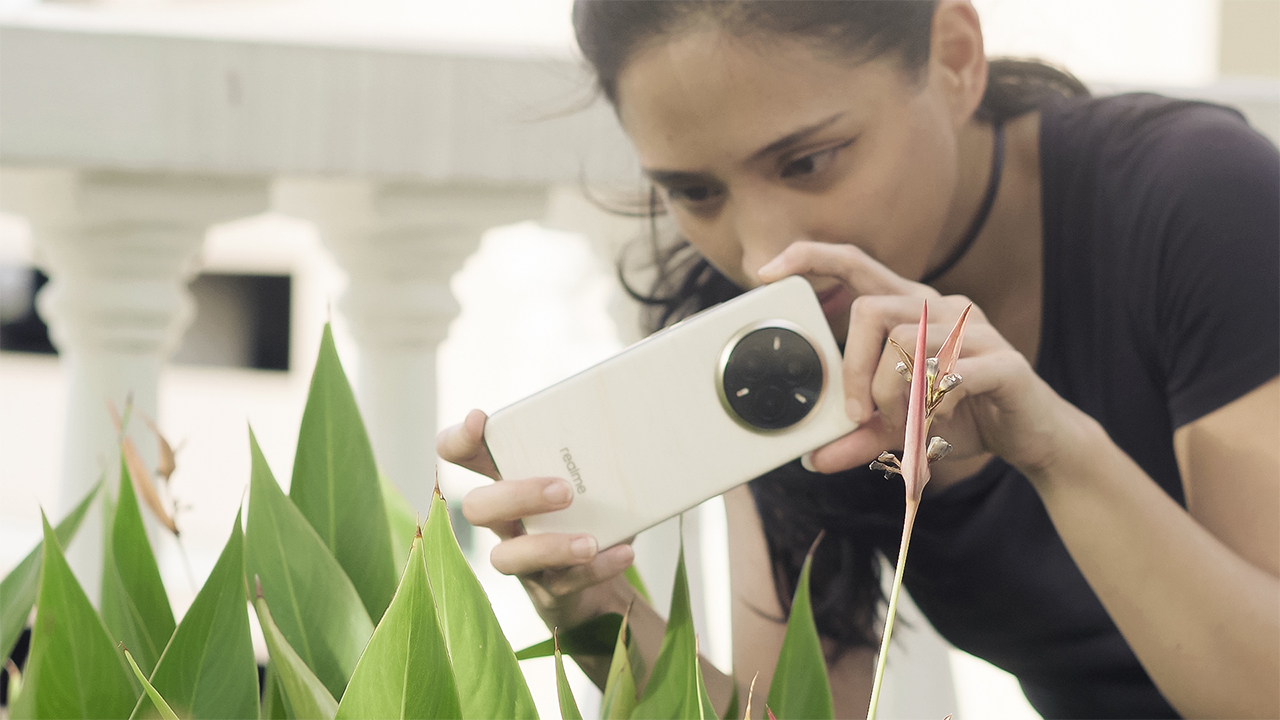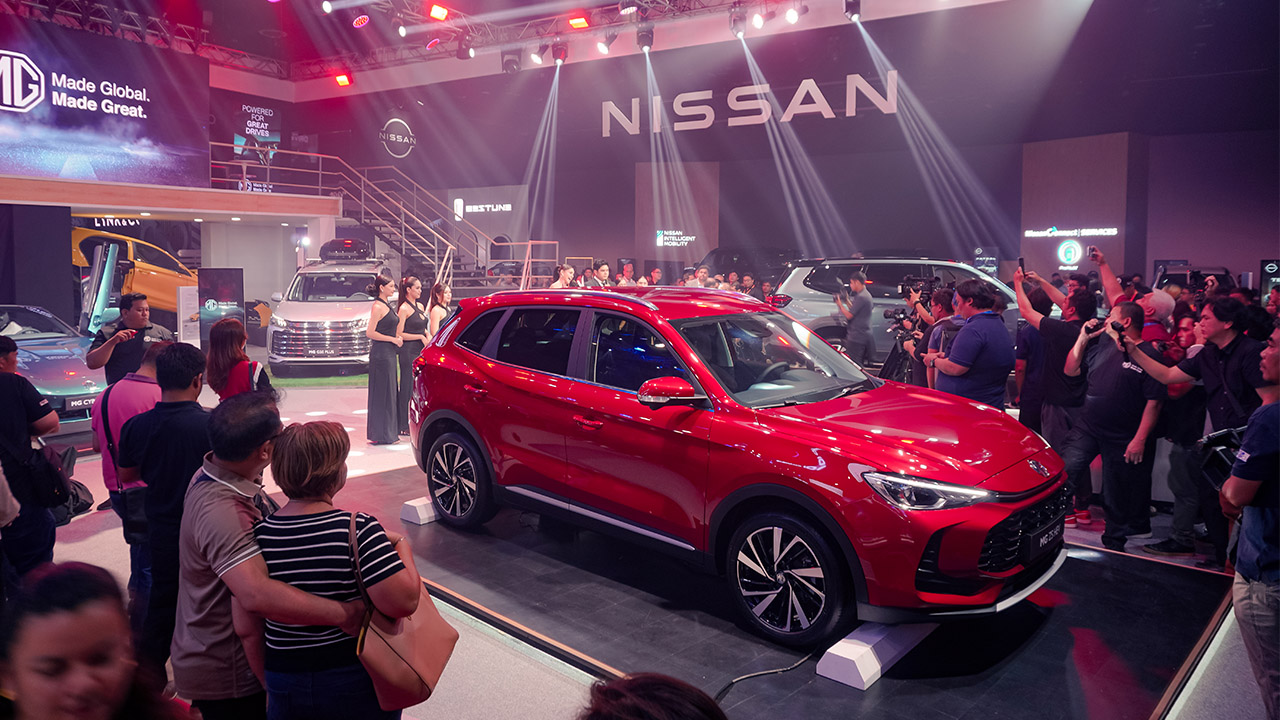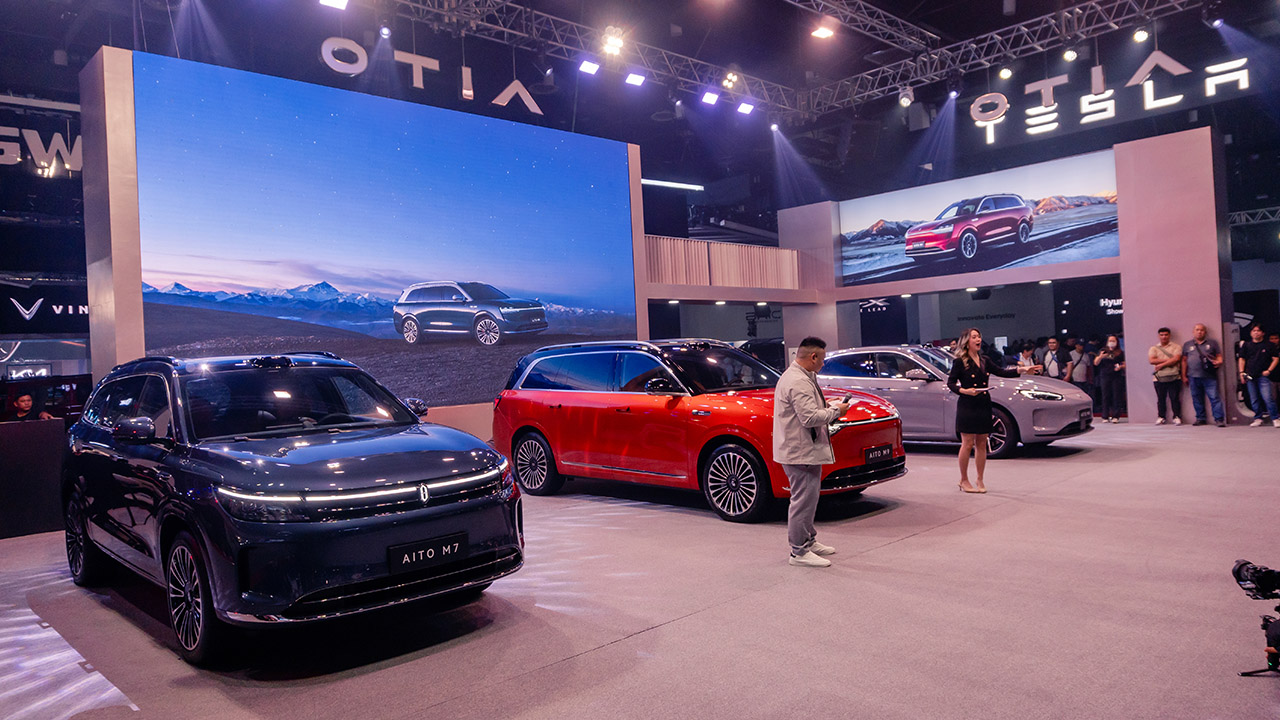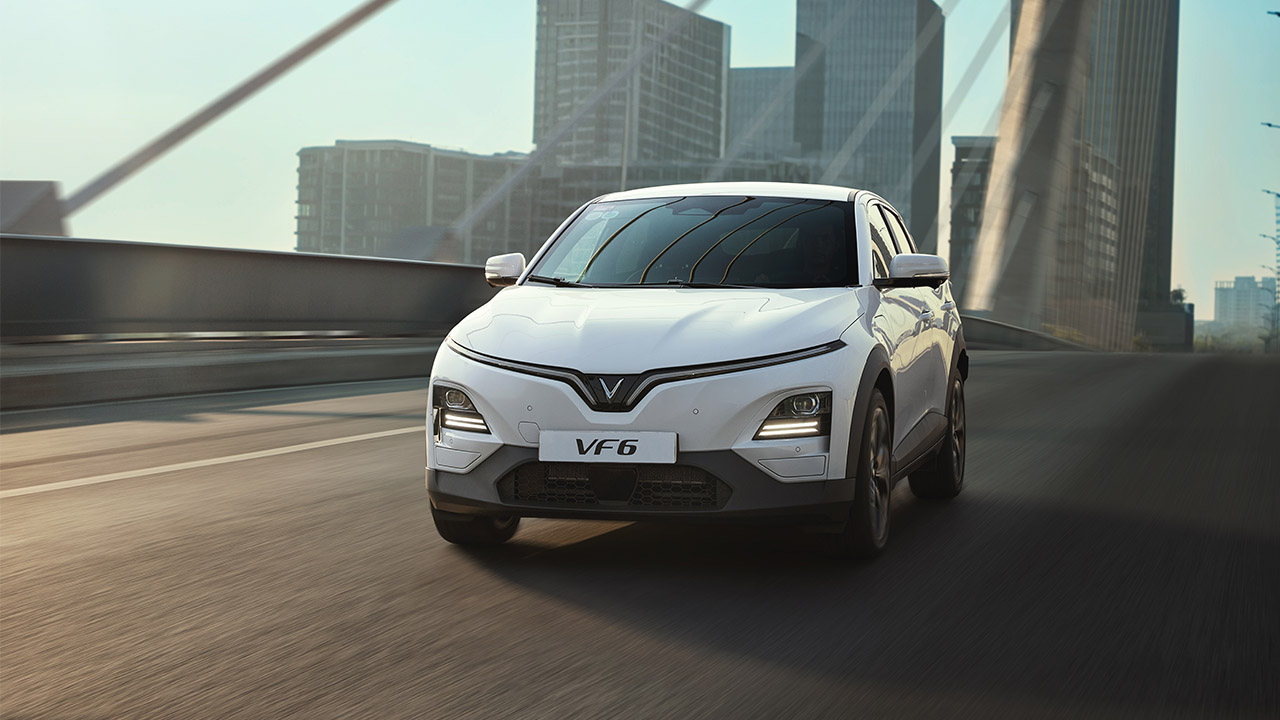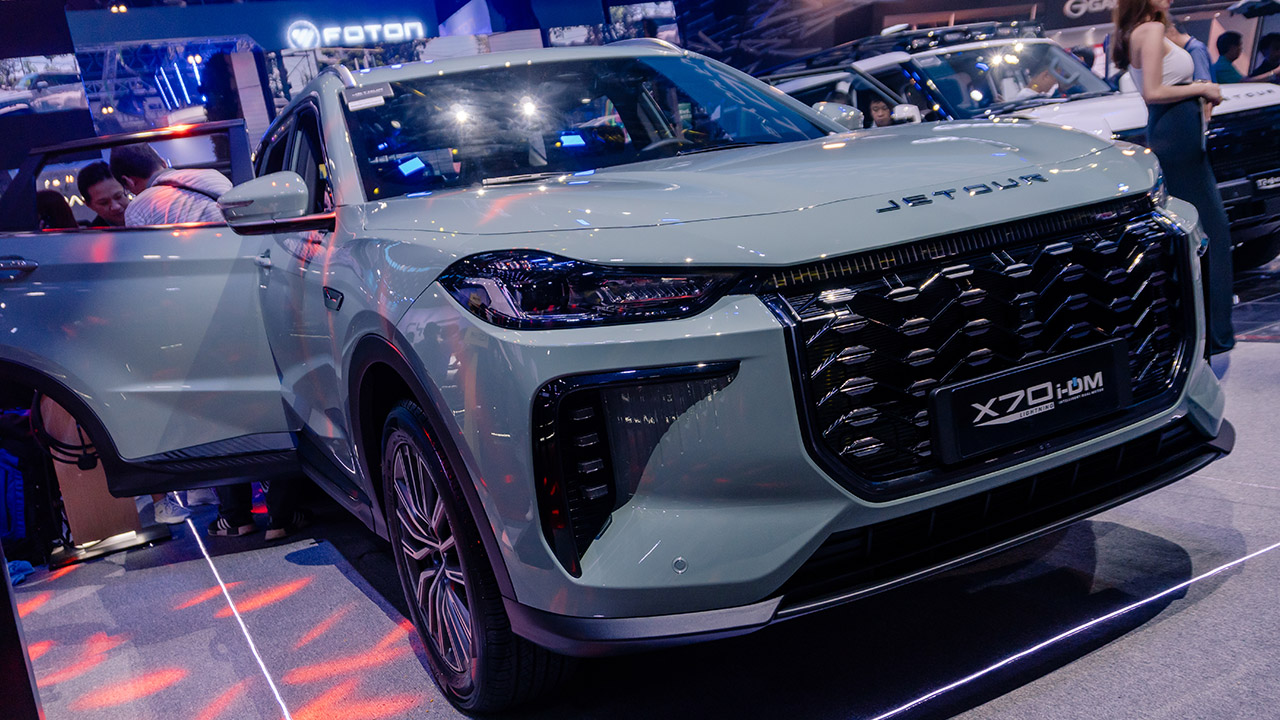For the specs-driven users out there, it carries a 64-megapixel quad-camera setup. This includes an 8-megapixel f/2.4 120-degree ultra-wide-angle camera, a 2-megapixel depth camera for bokeh, another 2-megapixel macro lens, and of course headlined by the 64-megapixel main sensor at f/1.9 and a big sensor.
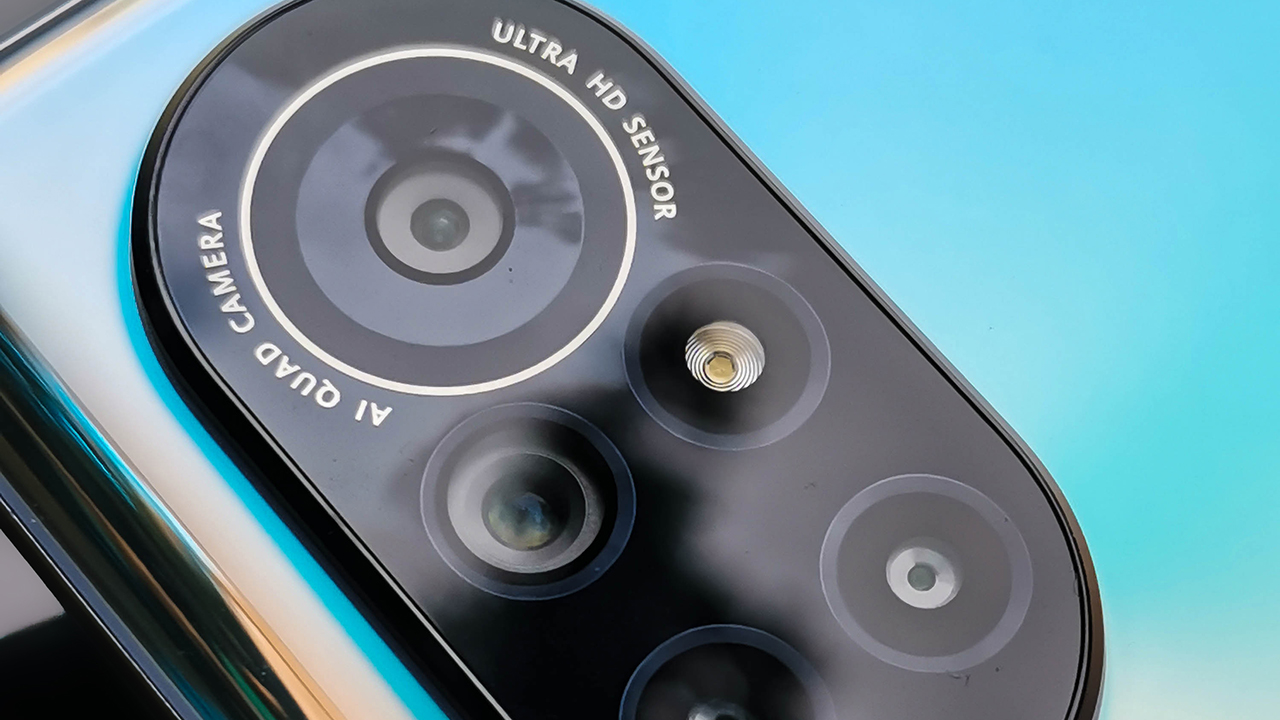
These features may seem standard among this phone’s segment, but probably what sets the nova 8 apart is its sensor size. This phone has a 1/1.56-inch sensor so on paper alone, it’s bigger and should output better quality as compared to its competitors. And speaking from a professional photographer’s point of view, sensor size is everything and will make all the difference.
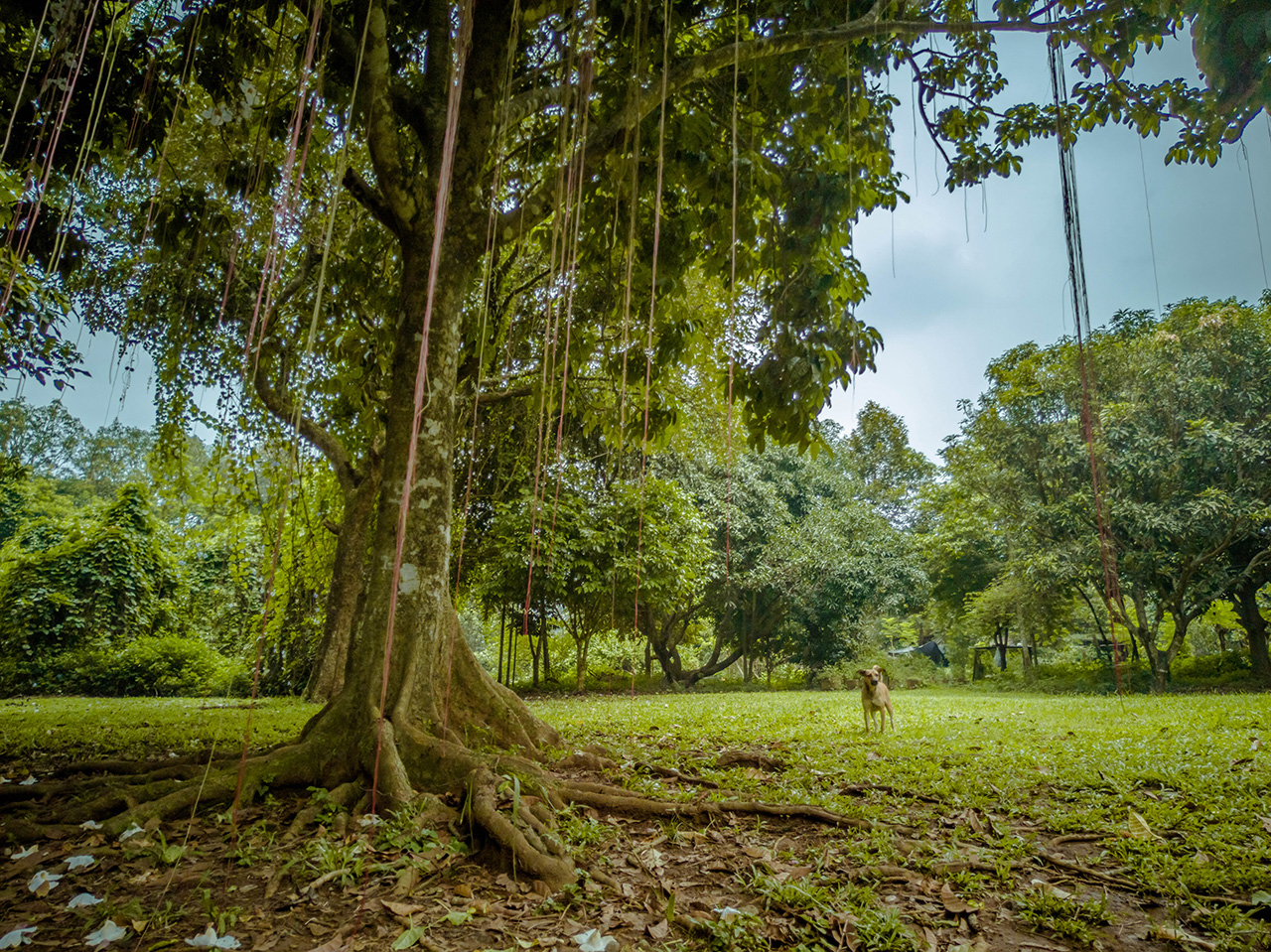
RELATED: How to unleash your camera phone’s full potential
Having put the nova 8 through several challenges, It’s very noticeable how crisp and vibrant the details are from the main camera even in poor lighting conditions. Noise levels were minimal compared to a few other phones I’ve so far tried, colors were accurate and very natural, plus the depth of field from the main lens is one of the most natural looks I have seen on any mid-range phone.
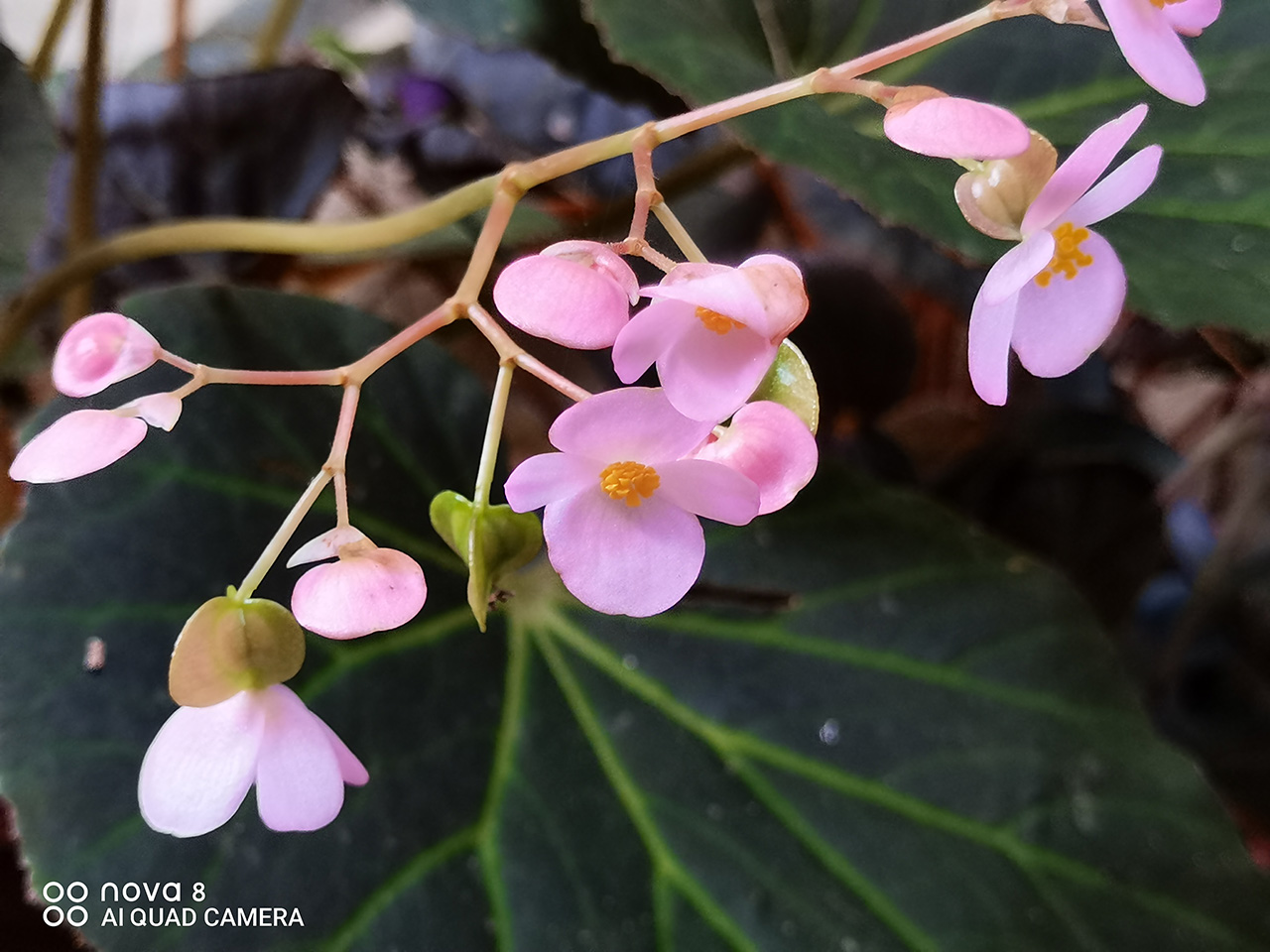
This is all thanks to its larger sensor and a fixed aperture of f/1.9 that adds to that distinct “prime lens look” even without having to use its Aperture Mode.
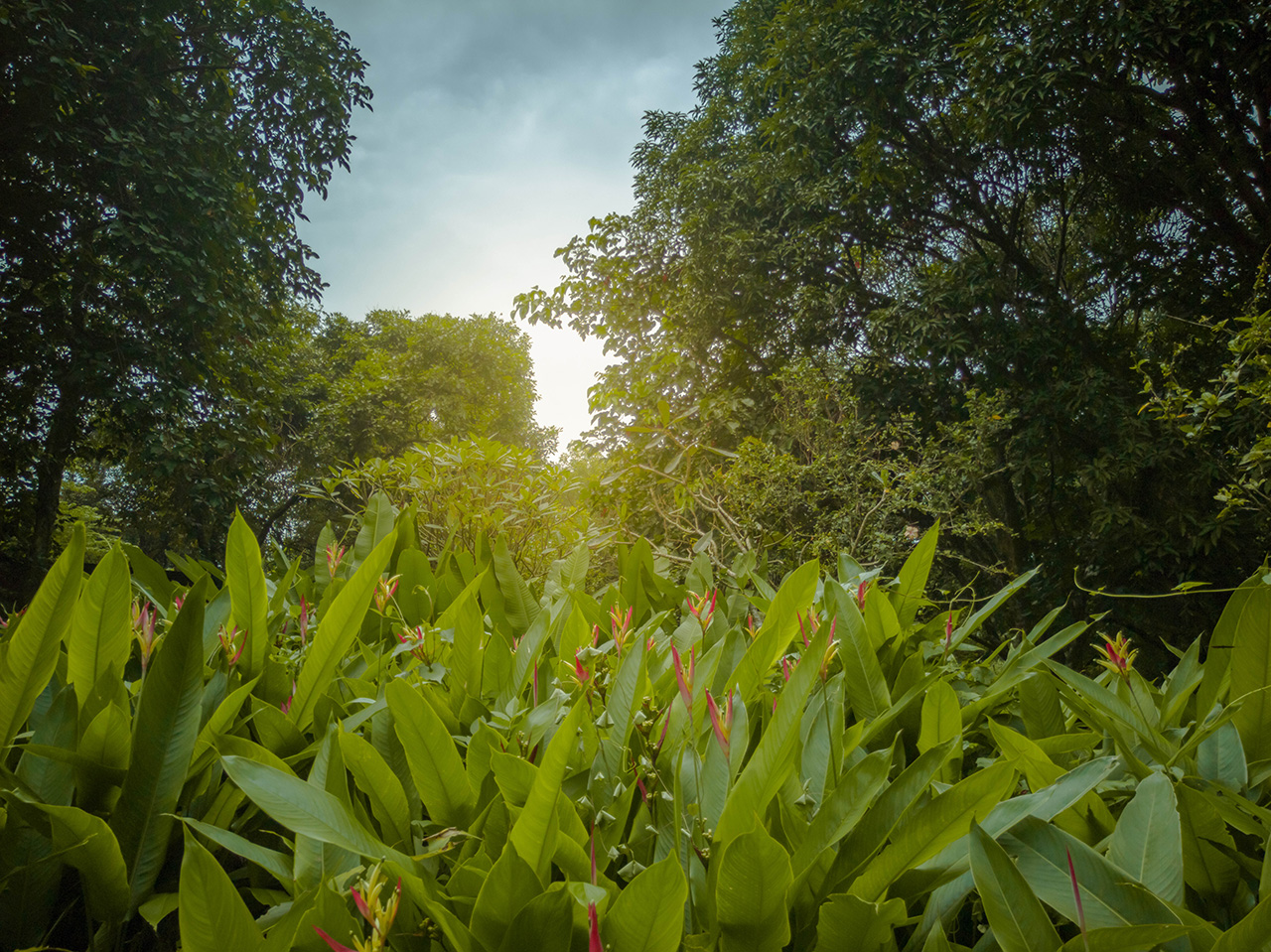
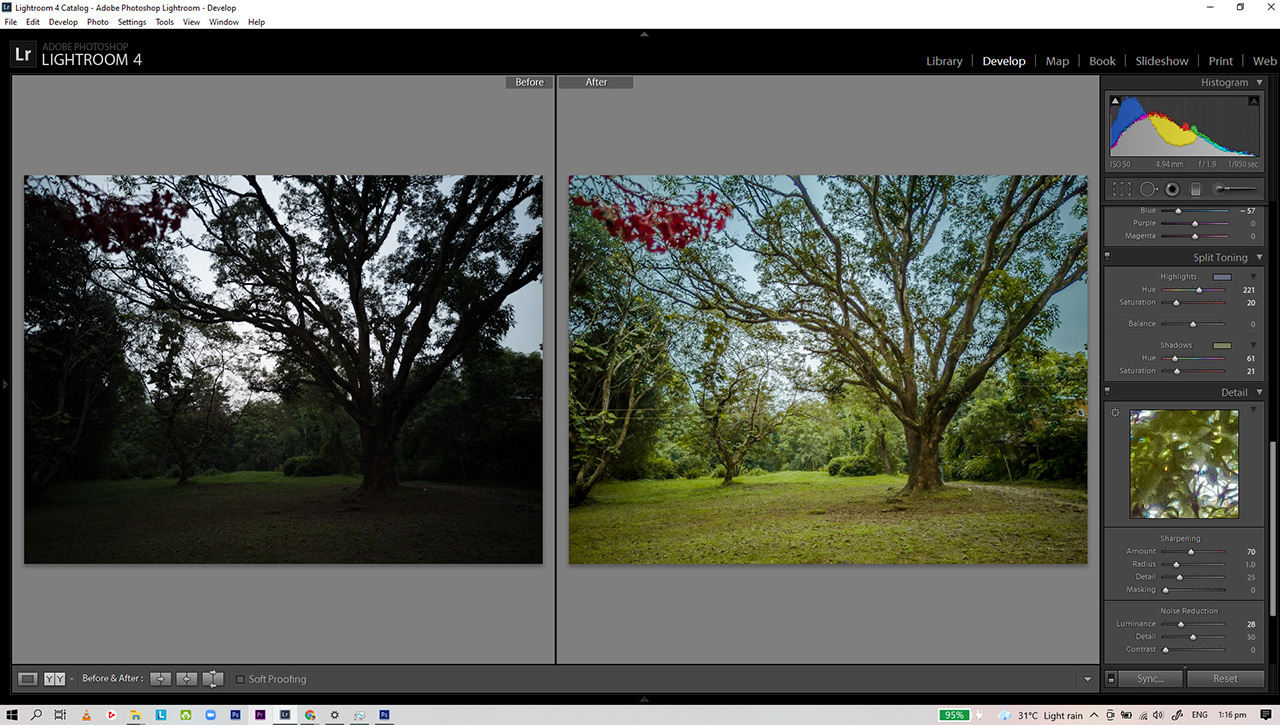
The nova 8 was able to produce stunning landscape photos thanks to its AI enhancement, HDR, and Pro Mode RAW format. The detail of shadows and light are well balanced bringing out details in vivid colors even when shot against the light. AI programming is refined & noticeably mild, not over the top compared to some phones whose AI algorithm tends to make photos look a bit cartoonish.
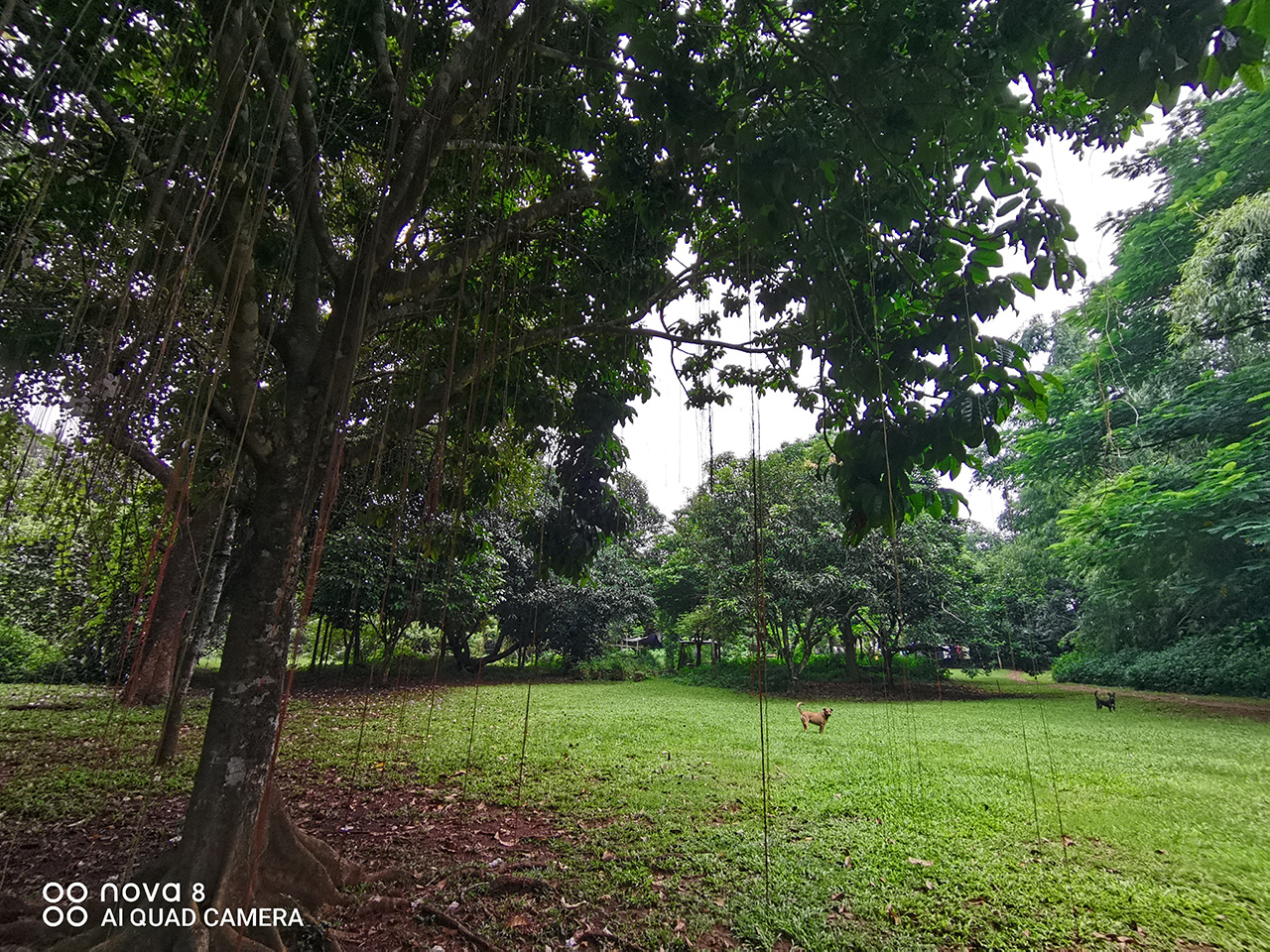
Plus, with its ultra-wide-angle lens, you can easily capture more when shooting scenery, and now features Huawei’s AI anti-distortion algorithm that aims to make photos appear more natural with less fish-eye distortion.
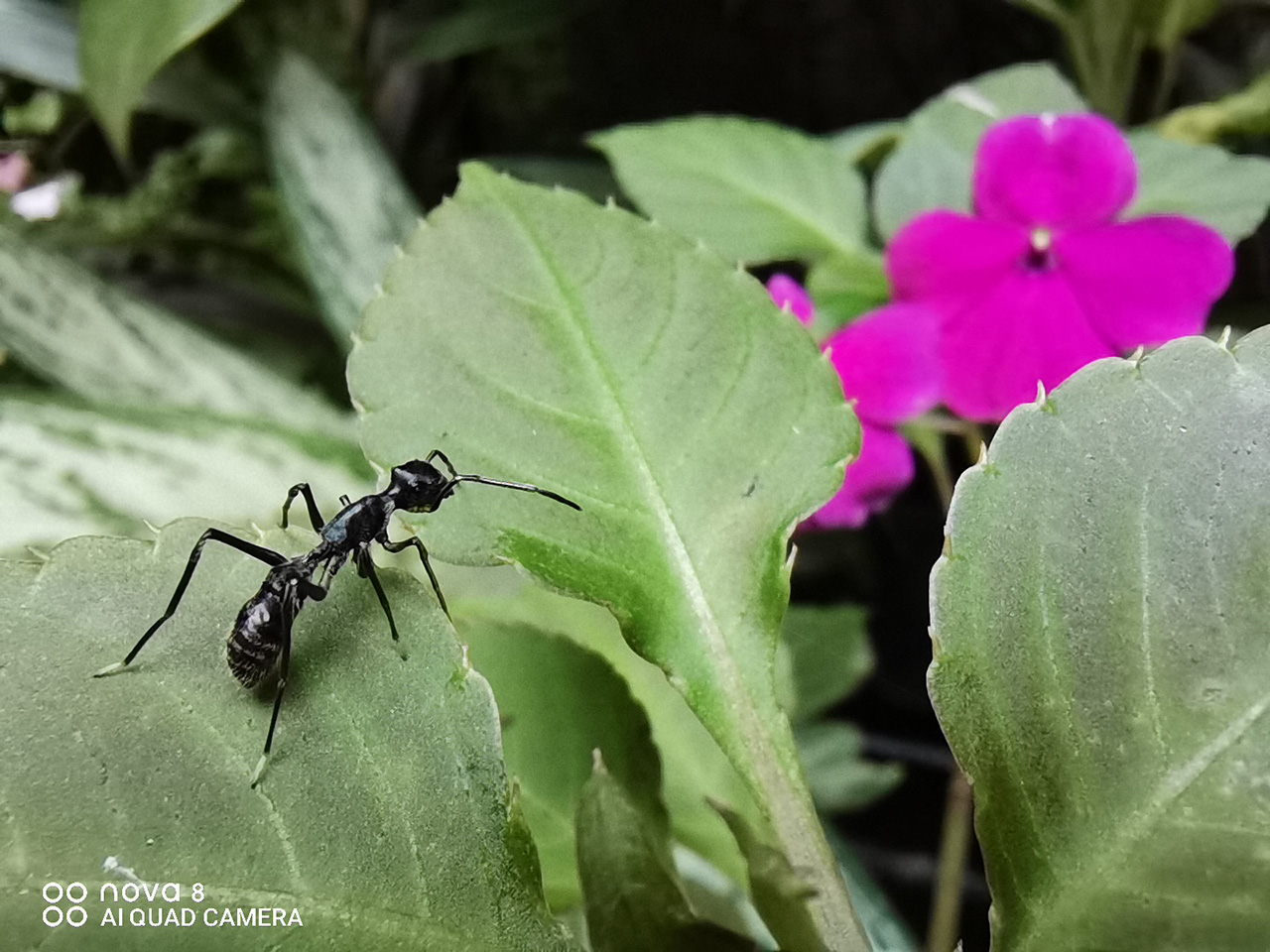
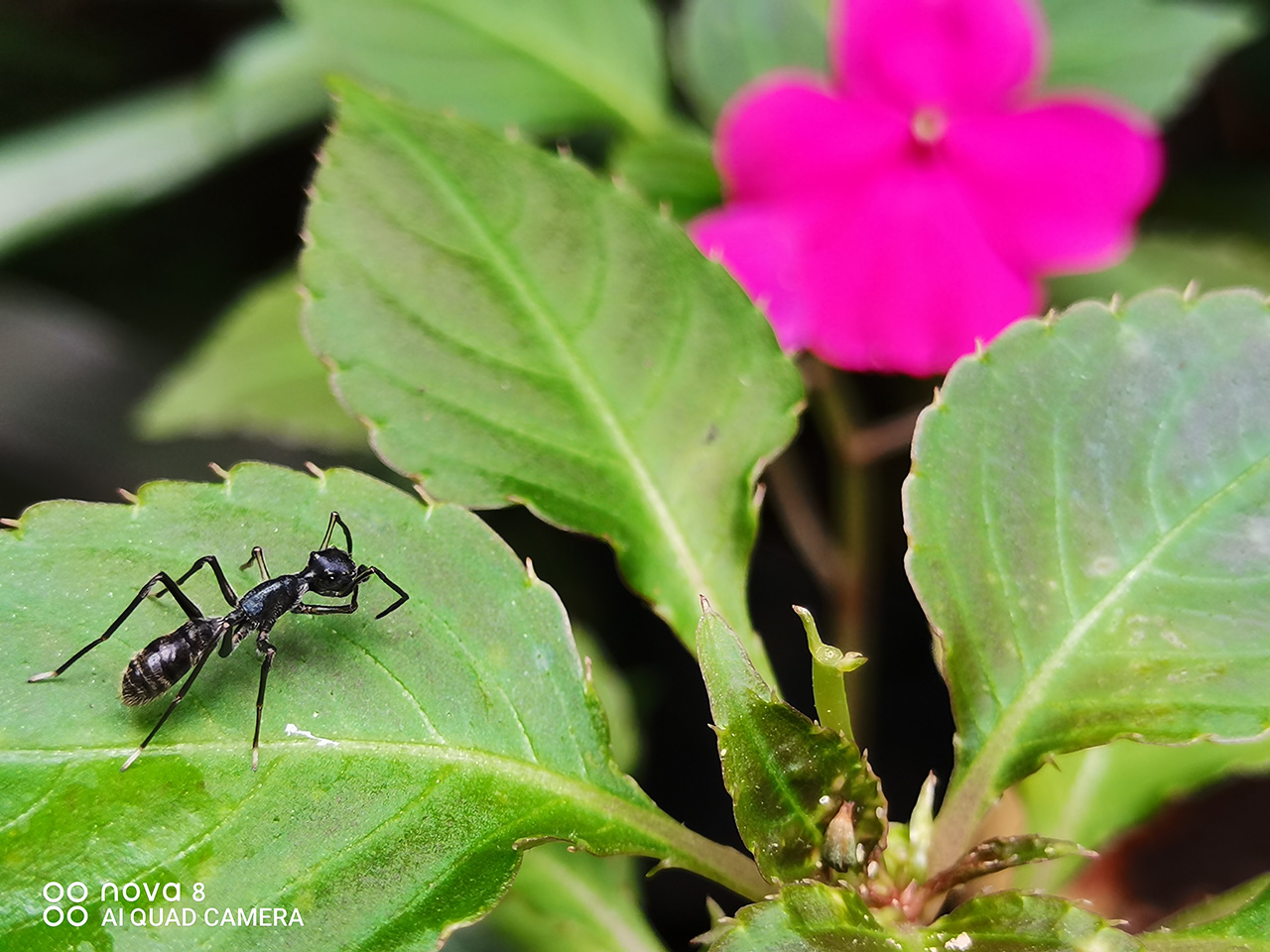
Macro lenses on phones, in my opinion, are just a gimmick and are really not at all that practical due to the poor image quality, muted colors, and limited usability. However, with the nova 8, I found the macro lens to be quite decent since the photos are actually usable. Although, using the main camera with 2x zoom usually gives you far better results.
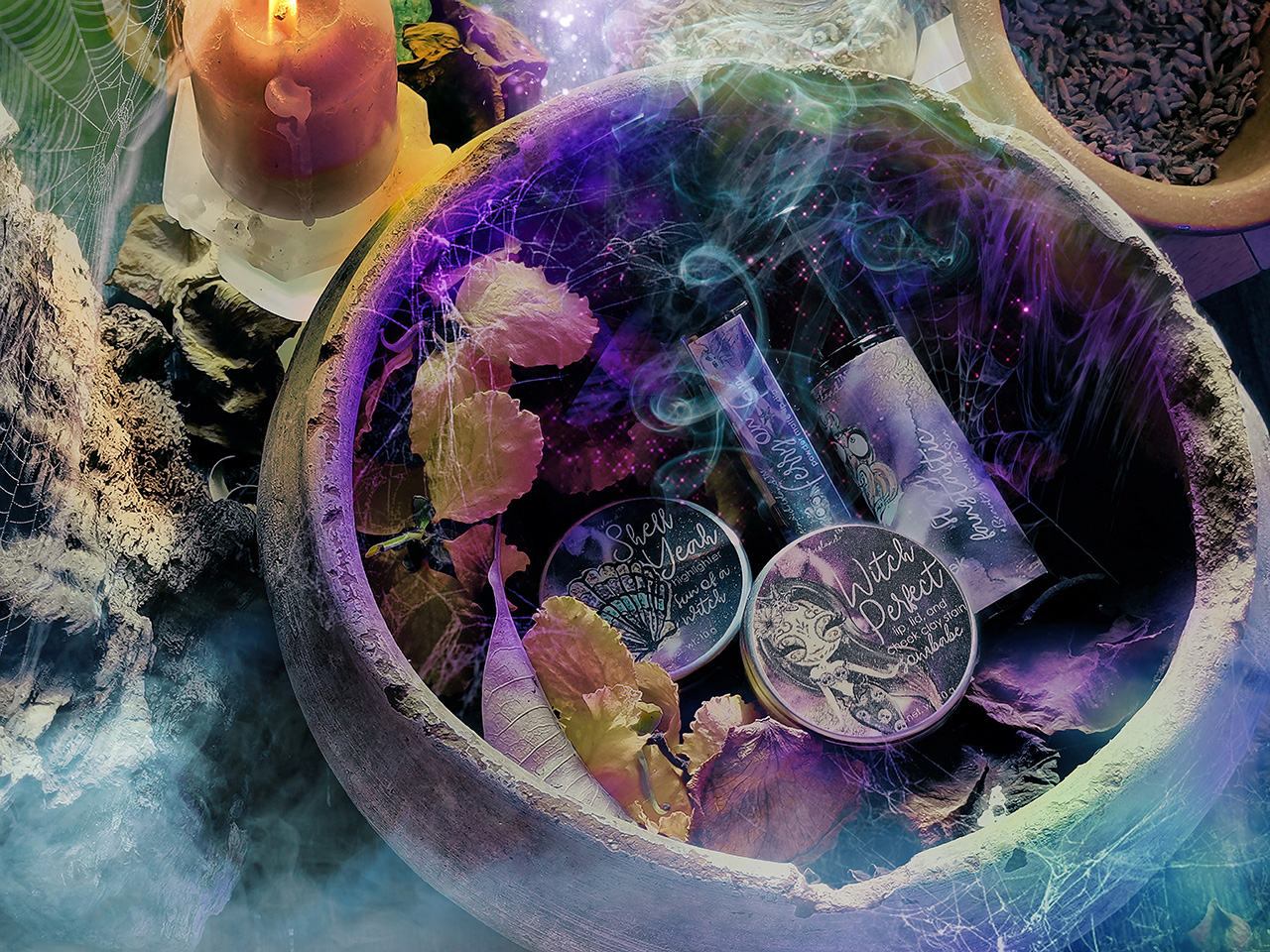
I was also able to use the nova 8 in one of my product shoots and was a little bit blown away by the clarity and the overall quality of the images produced. This near DSLR quality camera was immensely easy to use. And with the inclusion of the RAW format in pro mode, gave me the flexibility that I needed for post-processing my images, pulling out every bit of detail and color that really showcases the full potential of nova 8’s cameras.
Portraits look stunning and natural in Portrait Mode. Skin tones are well-calibrated and when paired with its Beautify filter, you are sure to look your best. The front camera also did not fail to impress with its minimal distortion, beautify filter, and natural-looking bokeh for that IG-worthy selfie.
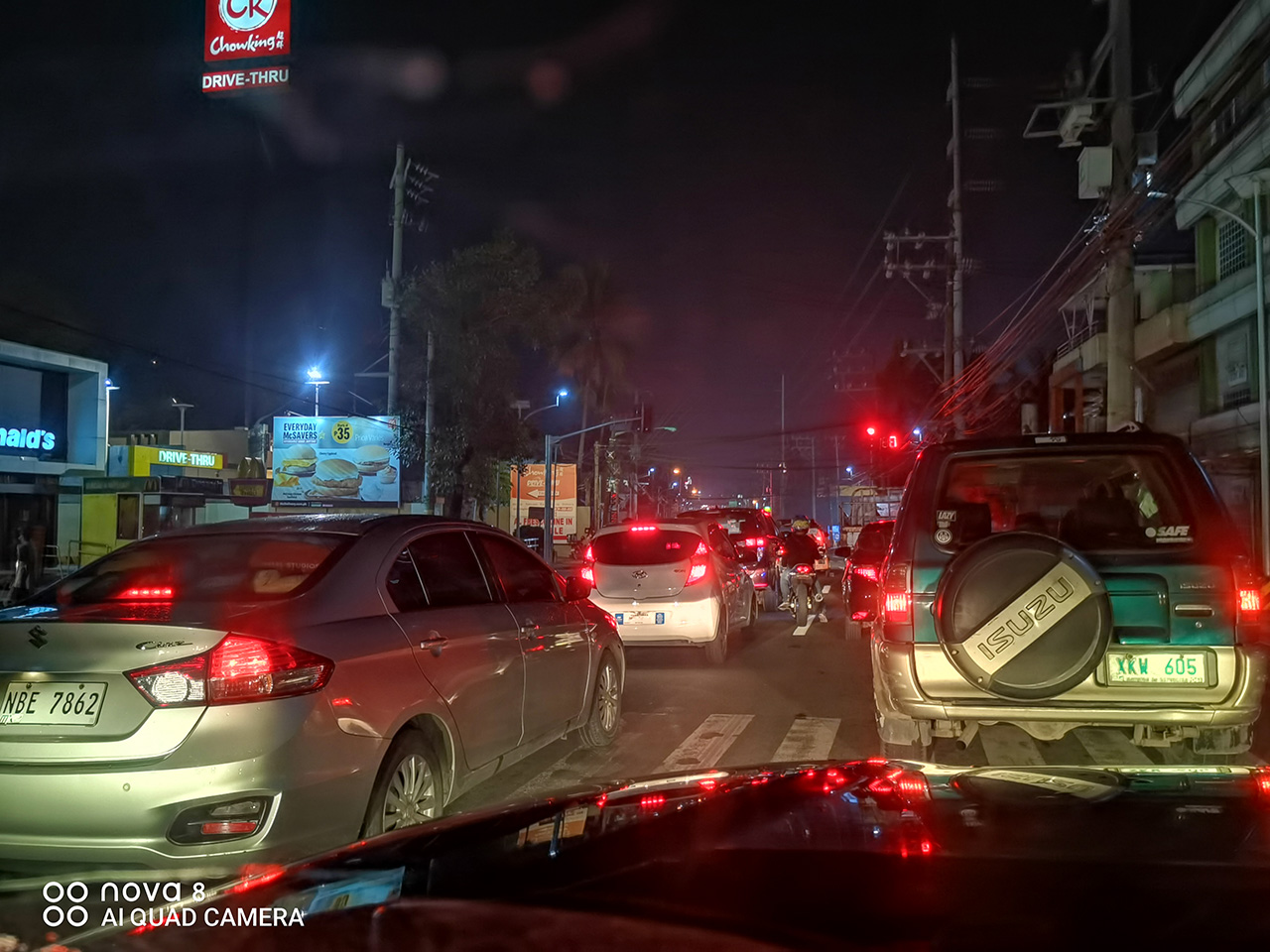
Capturing remarkable low-light images has never been easier thanks to a feature called Night Mode. The nova 8 and its large sensor were able to capture exceptional images at extremely low light with minimal noise for both front and rear cameras. Even without a tripod, images will still come out crisp and vibrant.
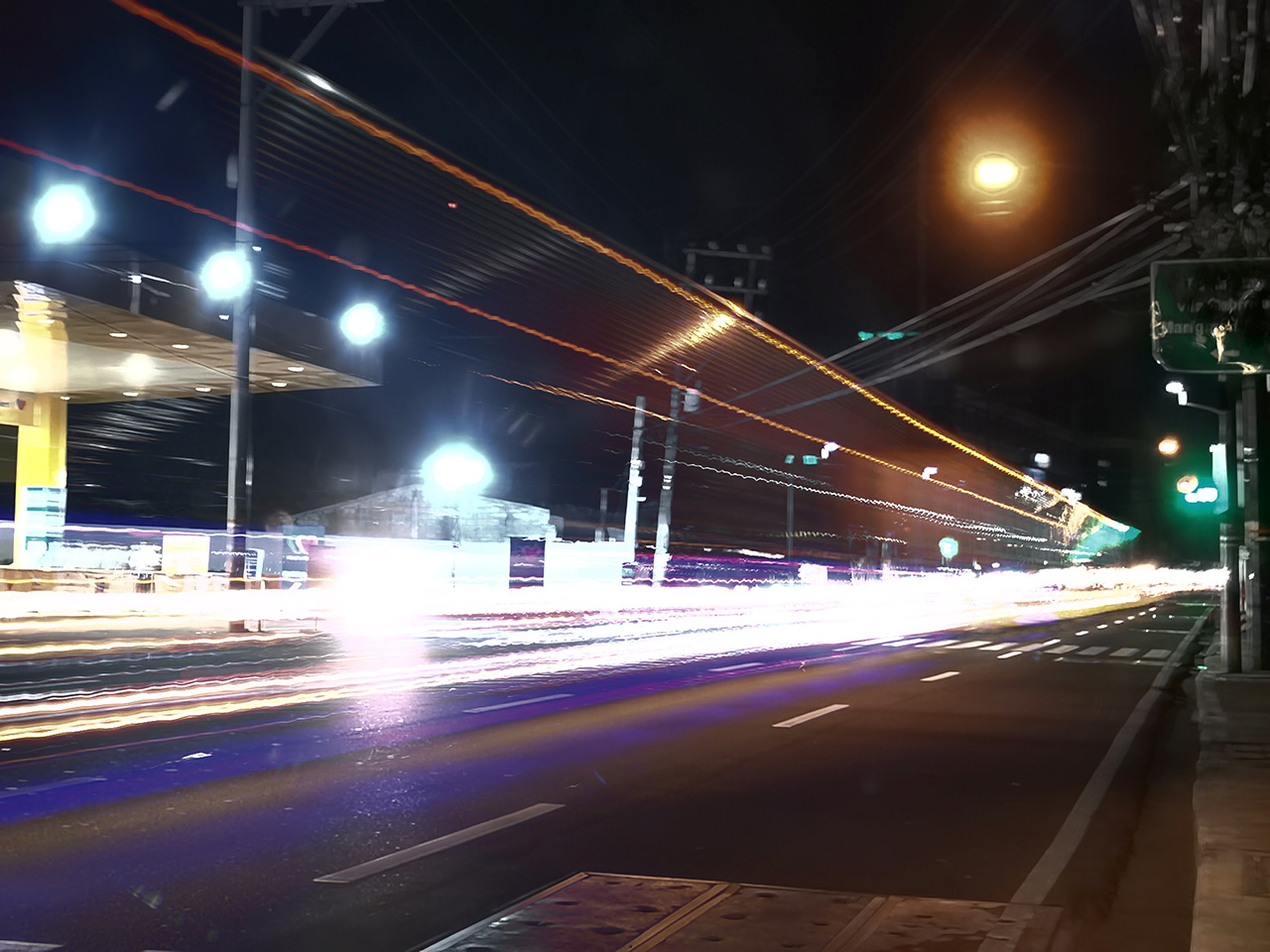
This camera phone also features a Light Painting mode making night photography a lot more fun and creative.
I have been a nova user for nearly four years now and I personally haven’t seen a midrange phone that shoots better and flexible photos like the nova series does. And for me, the features may seem standard among its segment, but really, its image quality is still unmatched in my book.
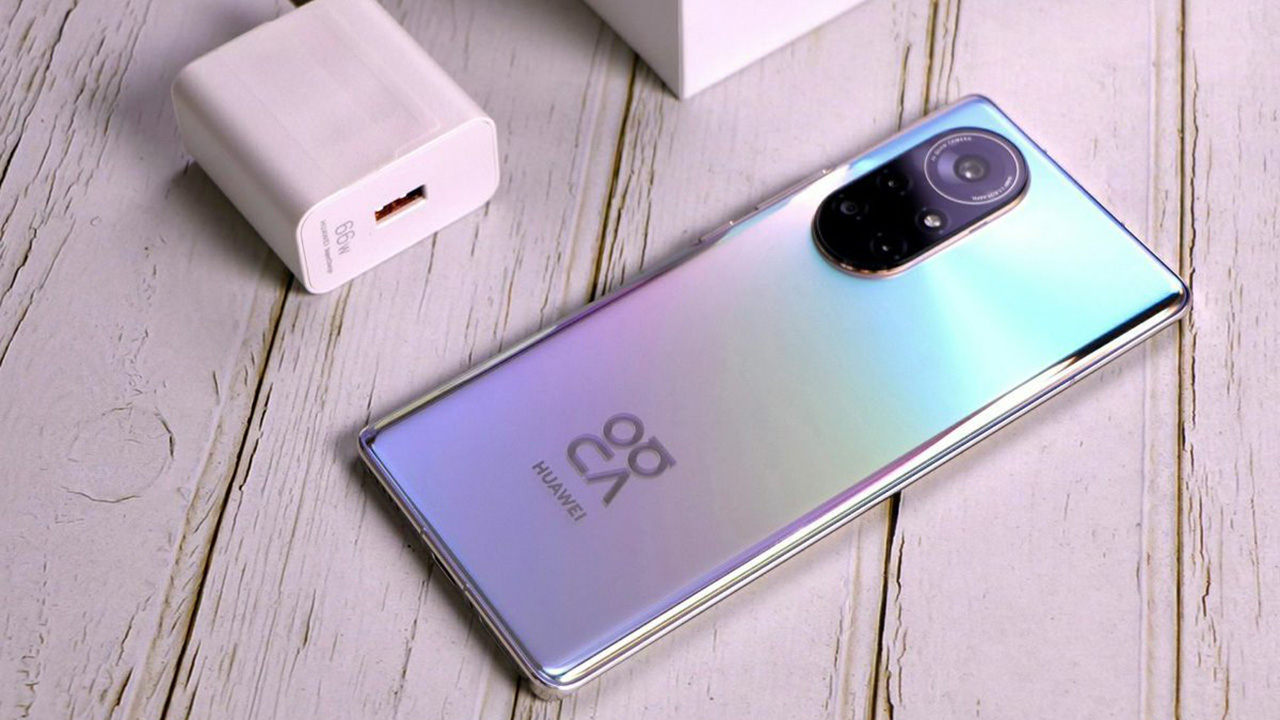
But don’t just take my word for it. The photos will speak for themselves.




















